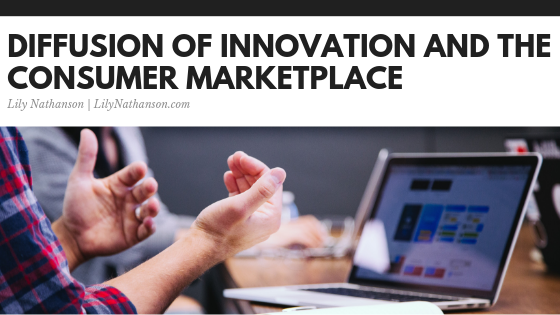One of the hottest new trends in exploring consumer experience is learning about the diffusion of innovation. Although diffusion of innovations is certainly not a new theory, it is one that is increasingly used to understand trends in the consumer market. It is also a concept that can be used to understand historic advancements in the consumer industry in order to better predict future trends.
Defining Diffusion of Innovation
The term diffusion of information refers to a theory that has three major components:
- Any marketplace has different types of customers.
- These customers have various levels of enthusiasm for any given product.
- Customers have various levels of enthusiasm for trying a product.
How Do Products Diffuse into the Marketplace?
Under the theory of diffusion of innovation, a product’s diffusion into the marketplace is also known as its stream. This stream is never going to be a straight path into the marketplace. Rather, the wave of a product’s diffusion into the market place is affected by several factors of consumer acceptance.
A product or innovation’s acceptance is determined by five customer classes:
- Innovator’s acceptance and promotion: These innovators are typically high class and young in age.
- Early adopter acceptance: Although more discreet than innovators, they are still higher class and more educated than the remaining individuals.
- Early majority acceptance: These individuals have above average social status but are late in adopting new trends.
- Late majority acceptance: These individuals only adopt trends and innovations after the average member of society does.
- Any remaining consumers’ acceptance, known as “laggards”: These customers are the very last to adopt trends and show no desire for leadership.
Five Stages of the “Adoption” Process
Adoption refers to interventions and policies successfully being implementing into practice. Adoption as a practice seeks to use the strategies and factors that can boost a product’s diffusion into the marketplace.
There are five stages to the adoption process:
- Knowledge/Awareness: Exposure to a product without true information about the product
- Persuasion/Intention: Being interested in the product and going beyond in order to seek information about it
- Decision: Weighing the advantages and disadvantages of the product before deciding whether to reject the product
- Implementation: Employing the product or innovation
- Confirmation: Finalizing the decision to continue with the product or abandon it.

